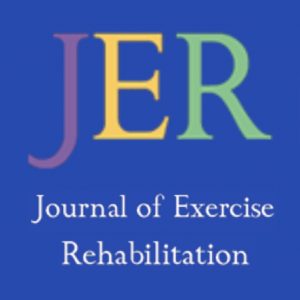Publications

The difference effect of estrogen on muscle tone of medial and lateral thigh muscle during ovulation
Authors: Eun-Sook Sung, Jung-Hyun Kim
Affiliations: Department of Sports Rehabilitation, College of Health Welfare, Woosong University, Daejeon, Korea; Department of Physical Therapy, College of Health Welfare, Woosong University, Daejeon, Korea
Journal: Journal of Exercise Rehabilitation - June 2018, Volume 14, Issue 3, Pages 419-423 (DOI: 10.12965/jer.1836110.055)
-
Field & Applications:
- Medical
- Endocrinology
- Women's health
- Sport
- Injury prevention
The purpose of this study was to investigate the difference effect of estrogen on muscle tone of medial and lateral thigh muscle during ovulation (OV). Twenty-eight untrained eumenorrheic healthy women tested muscle stiffness and frequency of vastus medialis, vastus lateralis, semitendinosus and biceps femoris during menstrual cycle (MC). MC were divided into menses (MS), OV and luteal phase (LP). The muscle frequency of vastus medialis and semitendinosus were significant higher in OV (13.83± 1.58 Hz, 15.62± 2.39 Hz) than LP (13.18± 0.85 Hz, 14.67± 1.62 Hz). Also the muscle stiffness of vastus medialis and semitendinosus were significant higher in OV (211.74± 46.03 N/m, 241.95± 48.35 N/m) than LP (184.26±26.09 N/m, 215.42±35.29 N/m). The present study showed the highest muscle stiffness and frequency at OV and this might be due to the rapid increase of sole hormone in estrogen. Especially, medial part of quadriceps and hamstrings might be influenced during the MC with high concentration of estrogen at OV.
Keywords: Estrogen, Menstrual cycle, Muscle tone, Ovulation
In conclusion, the present study showed the highest muscle stiffness and frequency at OV and this might be due to the rapid increase of sole hormone in estrogen. Especially, medial part of quadriceps and hamstrings might be influenced during the MC with high concentration of estrogen at OV. Since there is different injury risk of muscle and ligament between menstrual phases, investigator should take this into consideration for the training program to avoid risk factor.


